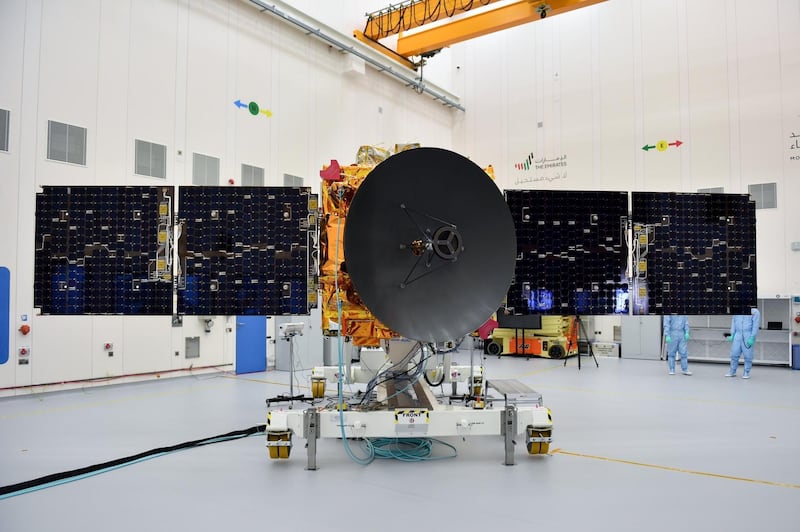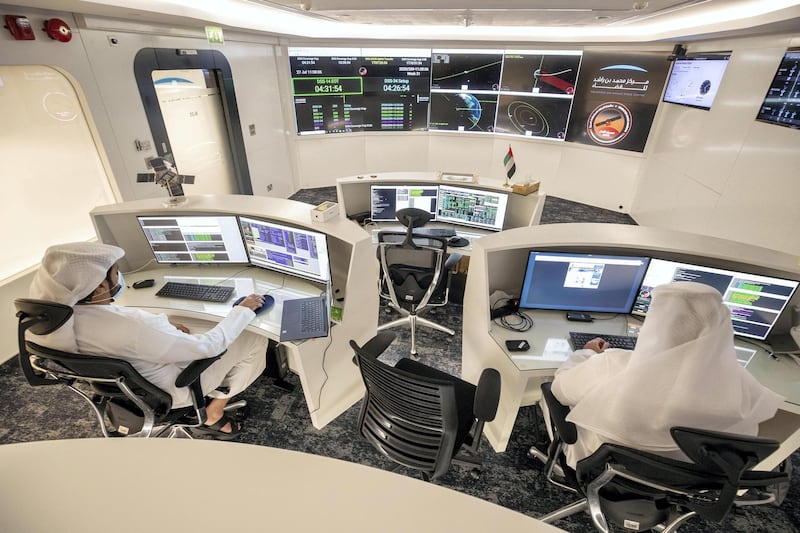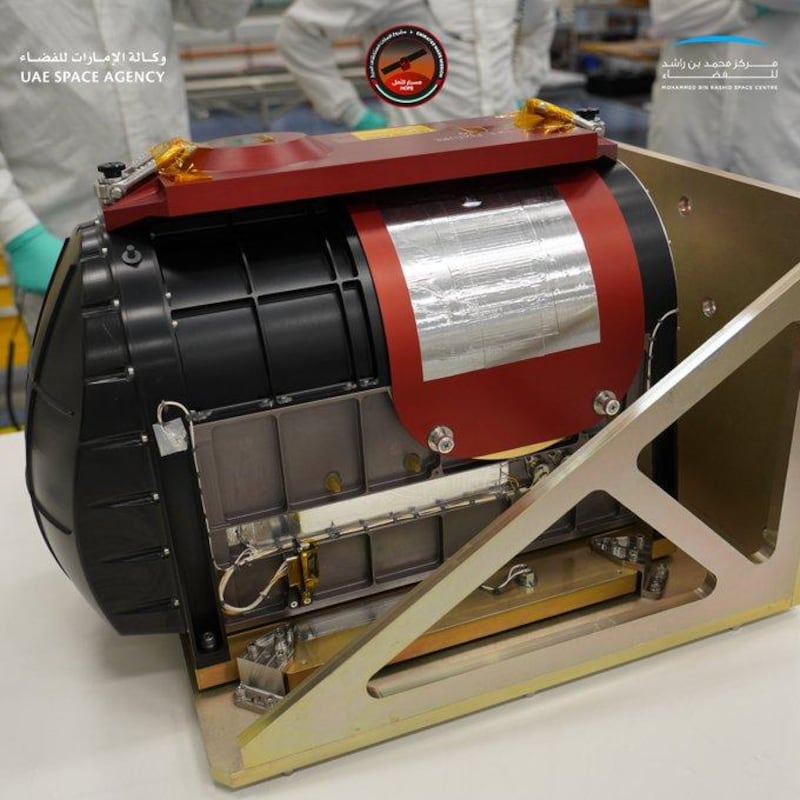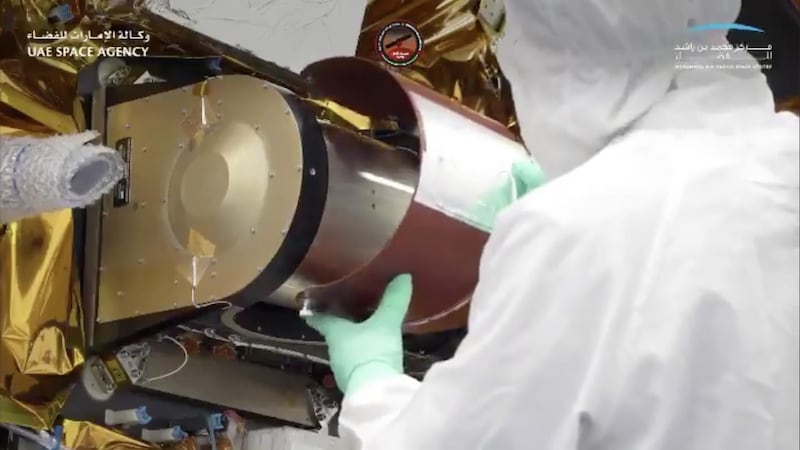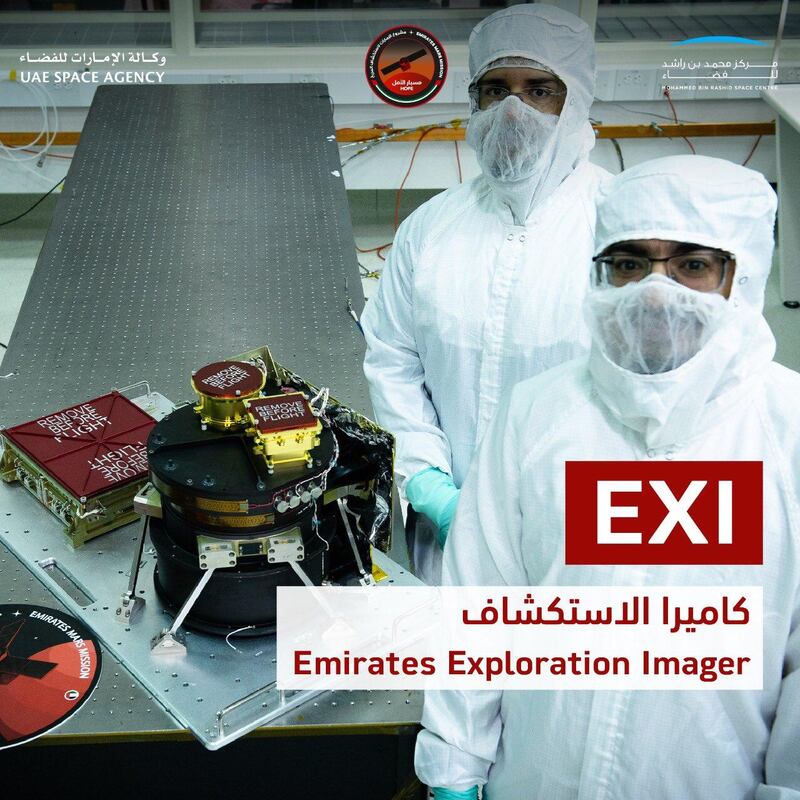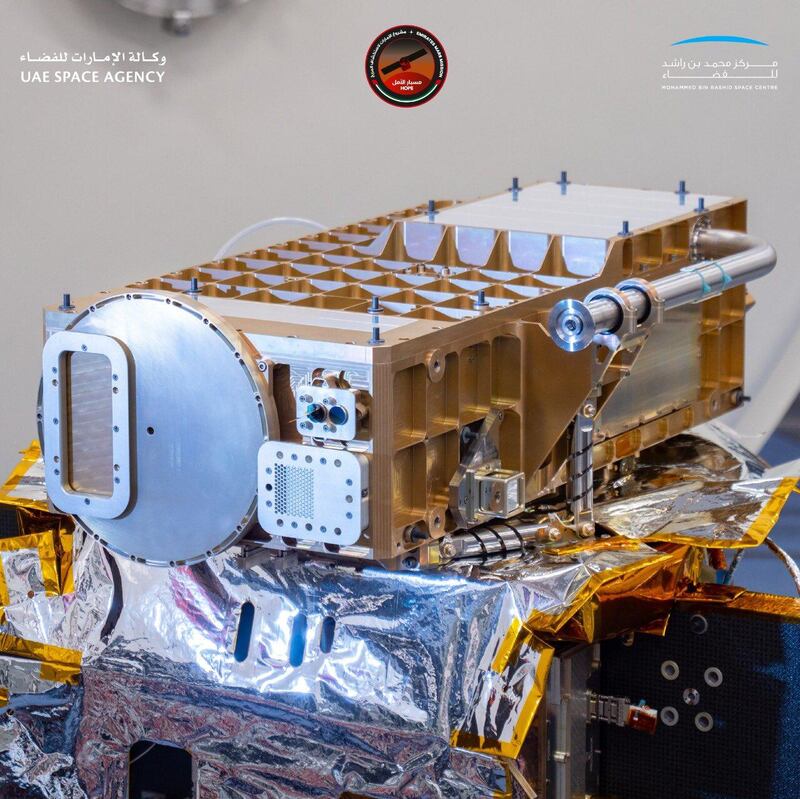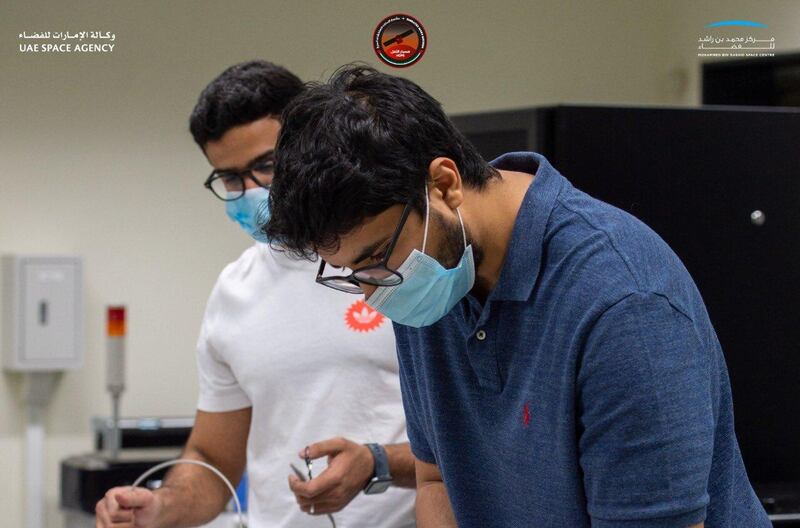Low Earth orbit, a band of space between 200 and 2,000 kilometres above Earth’s surface, is becoming the biggest battleground for supremacy as the next decade of innovation looms.
Constellations of more than 50,000 active satellites could be orbiting overhead in LEO within the next 10 years – providing high-speed Internet to billions of people – spurred by technological advances and a diverse list of investors including Mubadala Investment Company, the UK government, Amazon and Elon Musk.
"The satellite industry is in the throes of a radical transformation," Adnan Al Muhairi, deputy chief technical officer at UAE satellite firm Yahsat, which is wholly owned by Mubadala, told The National.
A number of factors are fuelling the new space race: a massive market opportunity to connect the remaining 40 per cent of the world’s population that has no internet; the rise of the Internet of Things, with 30 billion devices expected to be connected by 2023; and a pressing need to better understand the planet to tackle climate change, which can be facilitated by better imagery and AI-powered observation tools from LEO.
Morgan Stanley estimated that the satellite broadband market could be worth as much as $400 billion (Dh1.4 trillion) by 2040—40 per cent of the estimated $1tn global space industry that year.
New technology is bringing these market opportunities within reach for the first time, Mr Al Muhairi said, and enticing entrepreneurs to the satellite industry.
LEO is more than 50 times closer than where traditional internet satellites orbit, enabling newer smaller satellites to send data back to Earth at speeds comparable to fibre-optic and broadband networks.
“The promise of triggering technological and commercial breakthroughs and new actors – including developing countries, private firms and even individuals – are now active in an arena once dominated almost exclusively by the US and Russia,” Mr Al Muhairi said.
Reducing the satellite size is also lowering the threshold to invest within the space. Exponentially increasing computing power means satellites are being built much smaller, making them more cost-effective to produce and launch, and are enabling new use cases such as earth observation and to enable IoT, Khaled Al Hashmi, director of the UAE's National Space Science and Technology Centre (NSSTC) and an adviser to the director general of UAE Space Agency, told The National.
Manufacturing small satellites using 3D-printing is also bringing costs down while breakthroughs by SpaceX, Boeing and some smaller start-ups to develop reusable launchers are reducing the cost of launches while increasing the possible number of satellites that can go up into orbit, Mr Al Muhairi said.
Dock stations to fix satellites, he added, will allow companies to extend their life and upgrade them, where presently the only solution to a broken or outdated satellite is to let it ‘de-orbit’, aka, let it become space junk.
It is estimated that a half million pieces of manmade objects are orbiting Earth, but only a tiny fraction – around 2,600 – are in-use satellites, according to an active database maintained by the Union of Concerned Scientists. According to Nasa, the US Department of Defence “maintains a highly accurate satellite catalogue on objects in Earth orbit that are larger than a softball”. But being able to maintain and bring satellites back to Earth would be a game-changer for the industry.
Mr Al Muhairi said there are “a few players in the game with serious plans”: Elon Musk’s SpaceX, Amazon, Canadian satellite provider Telesat and OneWeb, which was acquired by the UK government and India's Bharti Airtel.
These players have committed billions of dollars and are expected to have operational satellite constellations in LEO in a few years, “but not immediately”, Mr Al Muhairi said. Projects have been constantly delayed, but the first commercially available LEO constellation could be offering global service in the next three to four years.
Amazon’s planned fleet of 3,236 Internet-connecting satellites gained regulatory approval in the US earlier this month.
The company has pledged to invest at least $10bn to provide "reliable, affordable broadband service to unserved and underserved communities around the world”.
"A project of this scale requires significant effort and resources, and, due to the nature of [low-Earth orbit] constellations, it is not the kind of initiative that can start small. You have to commit," Amazon said in a statement following the regulatory approval.
Starlink, the satellite venture started by Elon Musk’s SpaceX and Amazon’s chief competitor, is aiming to launch 12,000 to 42,000 satellites for the same purpose.
But experts predict they won’t be alone for long.
"The price points to enter the market and launch satellites is much lower," Charles Anderson, a managing partner at SparkLabs Connex in Singapore and an expert on emerging technologies, told The National. "While [Jeff] Bezos and Musk have an advantage because they have deep pockets, you will see offerings from many countries.
“The term ‘democratisation of space’ keeps getting thrown around - and I’m a big believer in that,” Mr Anderson added.
Earlier this month, the UAE’s Tawazun Economic Council tied up with aerospace manufacturer Airbus and the NSSTC to open a satellite testing and assembly centre in Al Ain.
The growing UAE space sector has provided 3,000 jobs so far. The new project will create 32 jobs, with 22 of the new employees to be Emirati. Workers will receive training at Airbus facilities in France as well as locally.
“We’re very busy,” Mr Al Hashmi, of the NSSTC, said.
In addition to the facility with Airbus, the NSSTC has three satellites under development for research and development purposes, with the first launching in the first half of next year.
“Our model at NSSTC is all about building local capabilities in the UAE,” Mr Al Hashmi said. “Partners are critical, but there are some things that we want to own ourselves rather than buy.”
One good thing about space, he added, is that it does not require a large workforce. “This is good for the UAE because we are a small country. Getting into space doesn’t require a lot of man hours.”
But the innovations to come out of these satellites are nearly infinite, he said. Identifying new business models, developing AI algorithms to make observational satellites better predictors and expanding access to Internet-connected tools are all opportunities. He added that “soon” the centre would be coordinating with the new Abu Dhabi's Mohamed bin Zayed University of Artificial Intelligence to collaborate on R&D projects.
Mr Anderson agrees with this approach.
“The real game isn’t getting the satellites into space,” he said. “LEO satellites are an enabler not a solution.”
